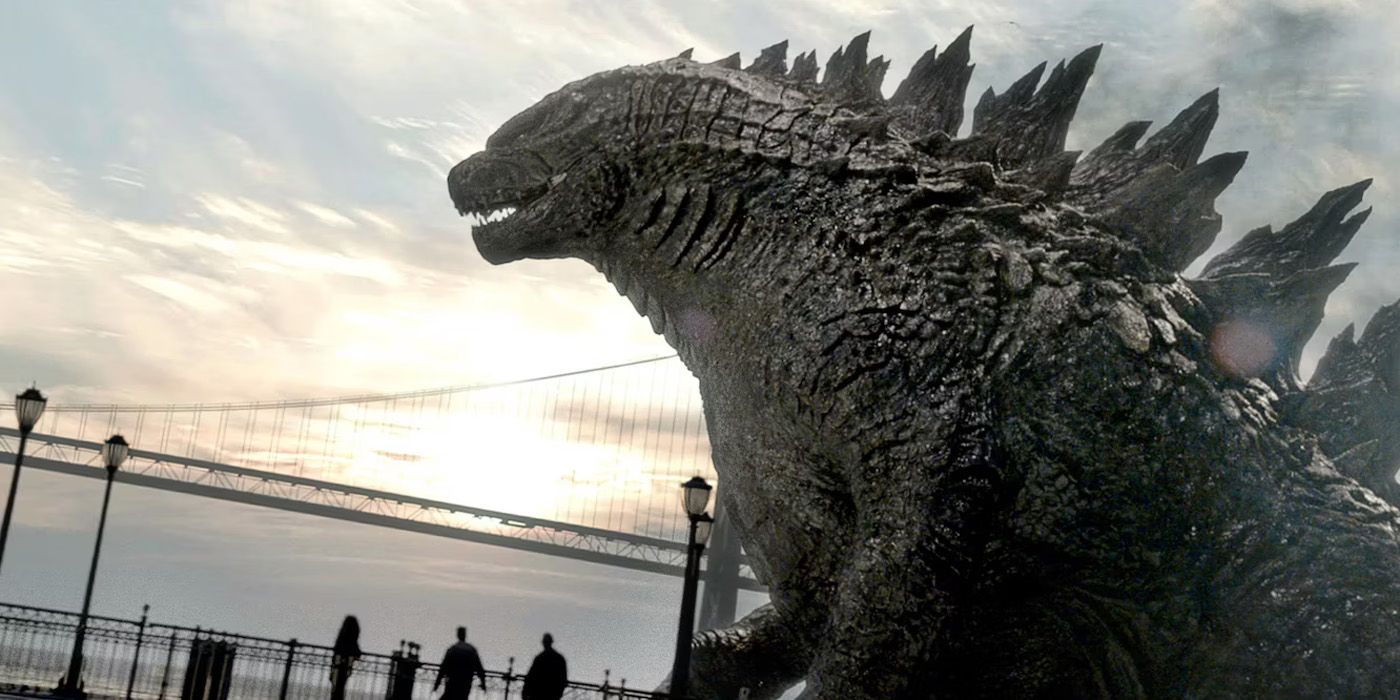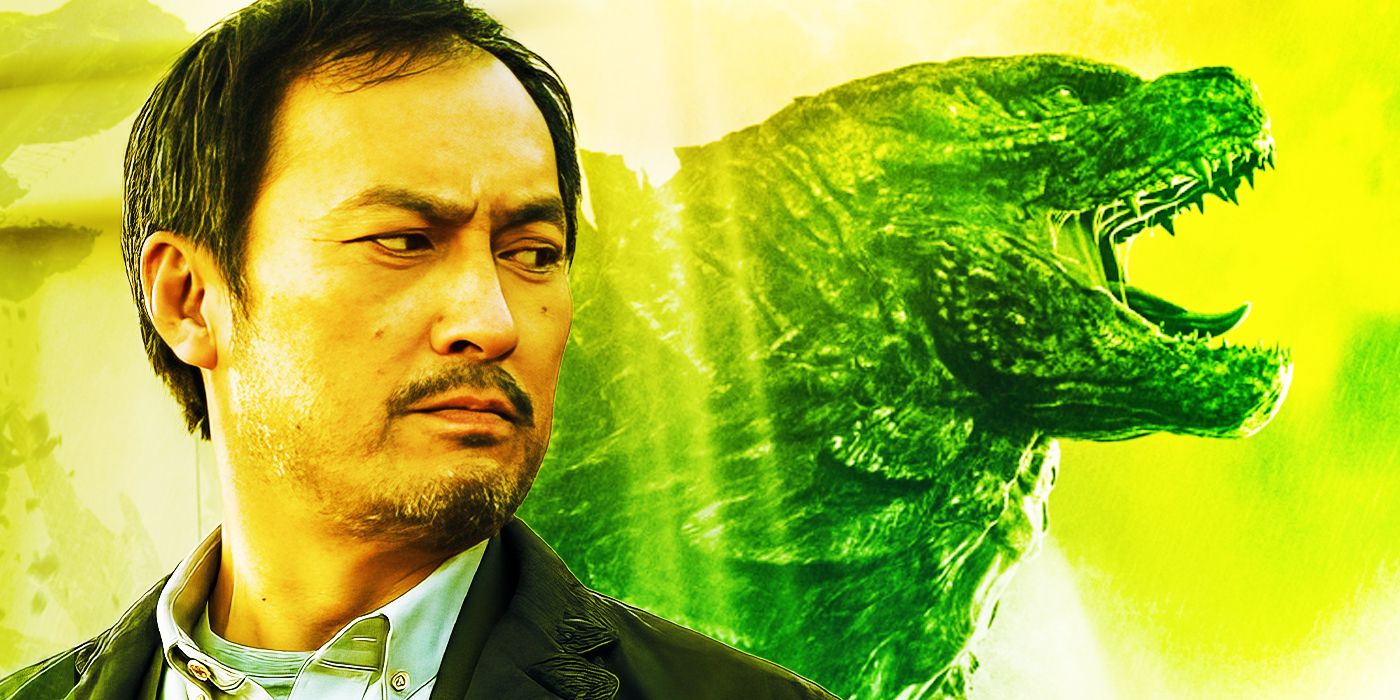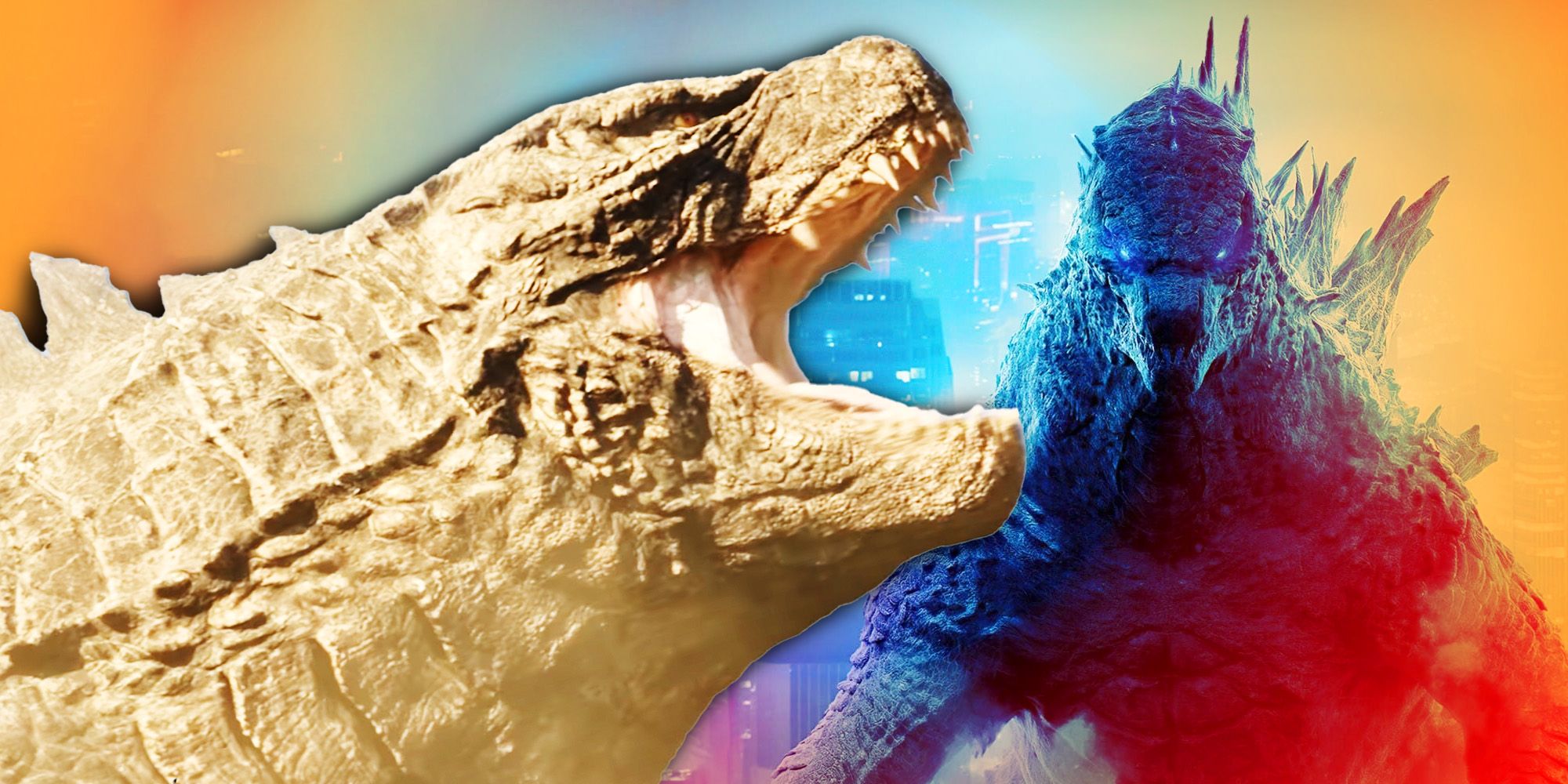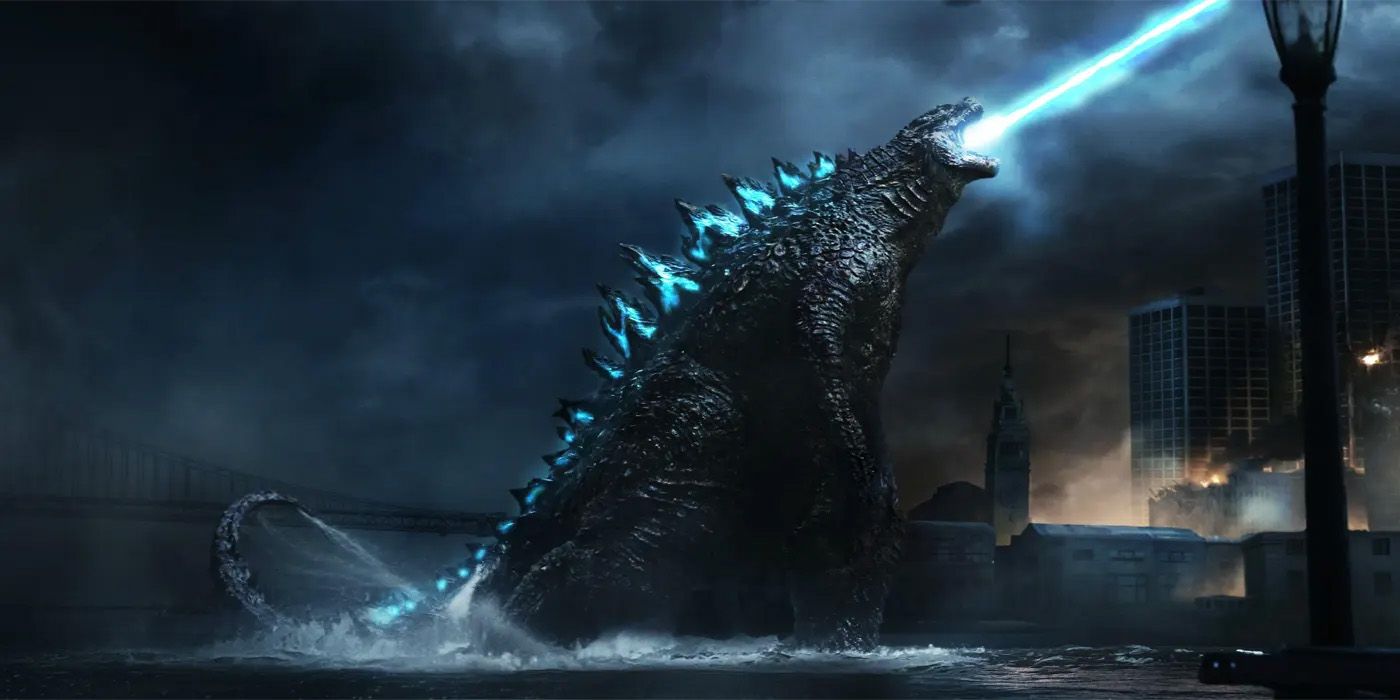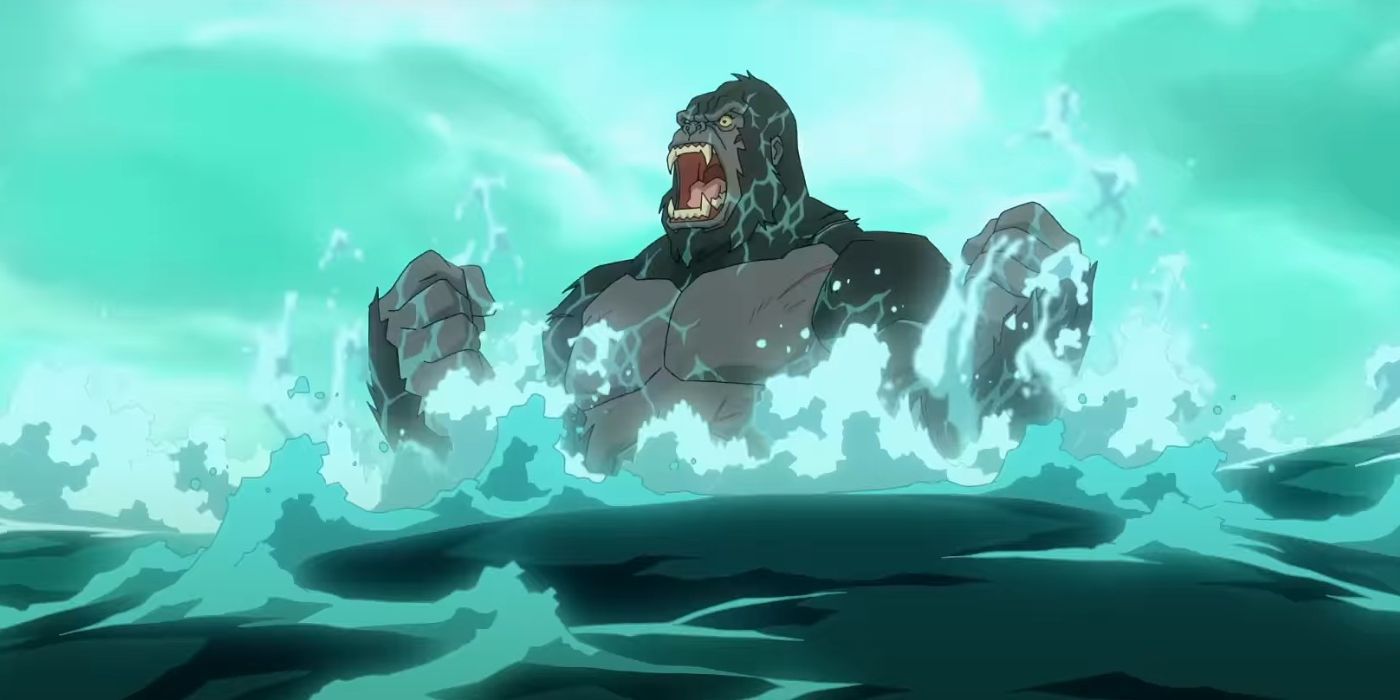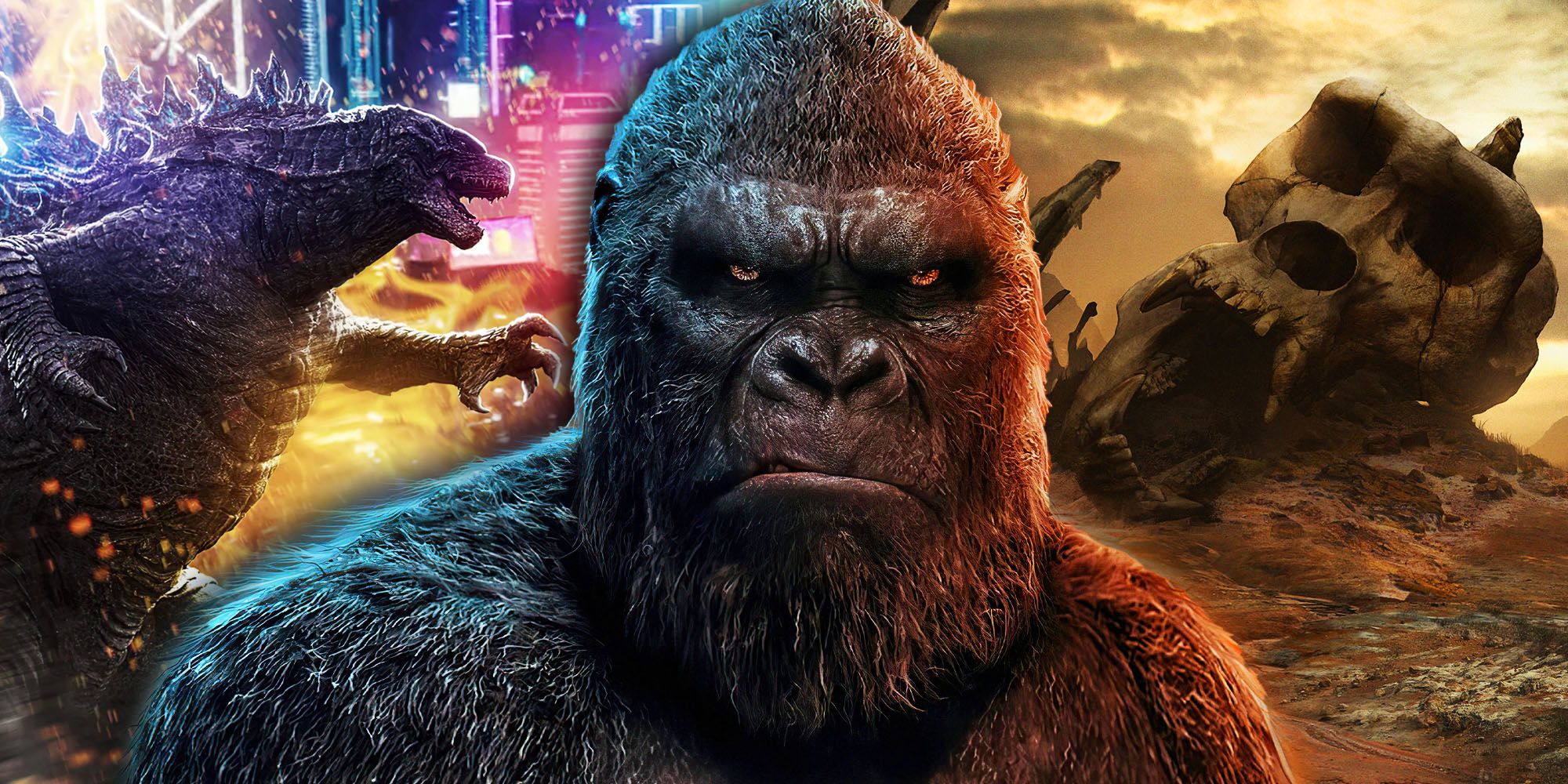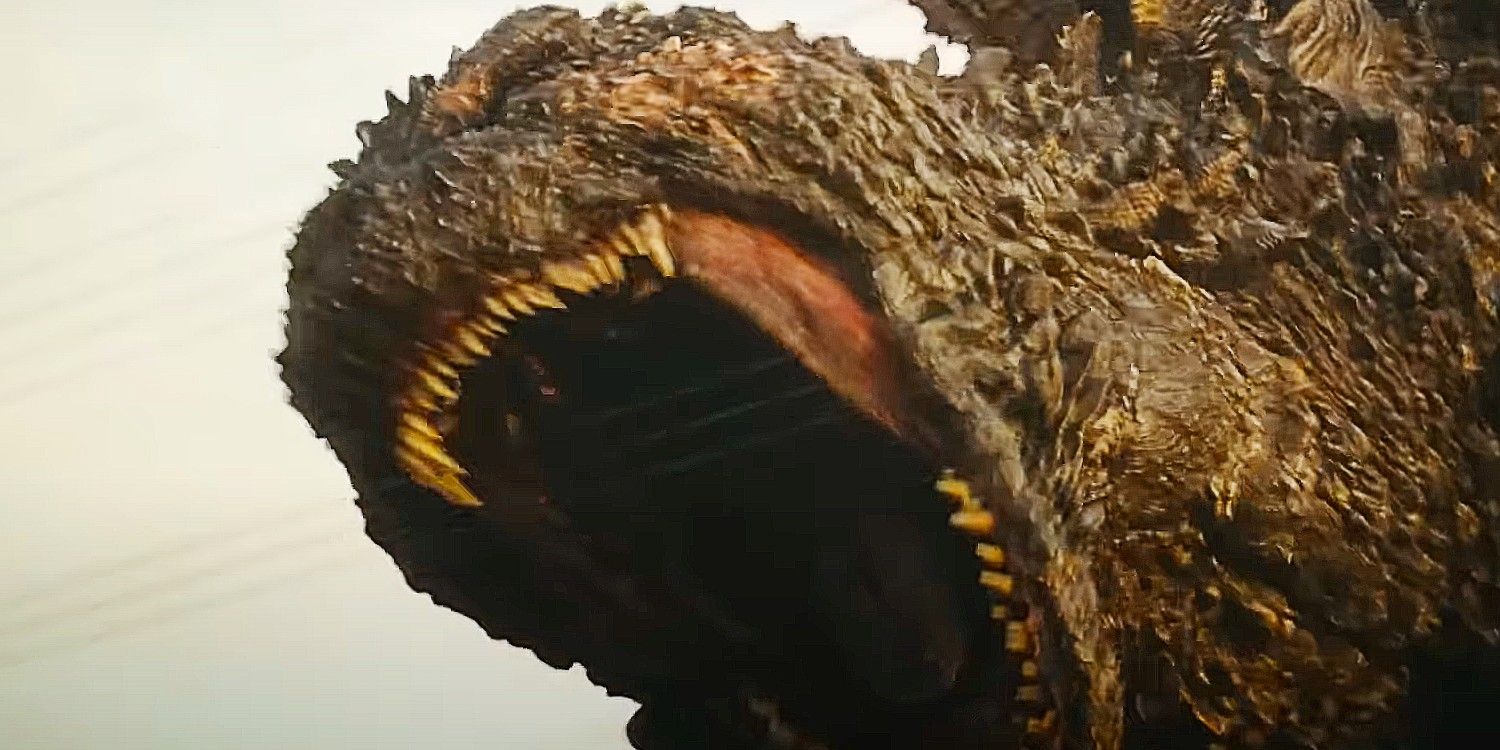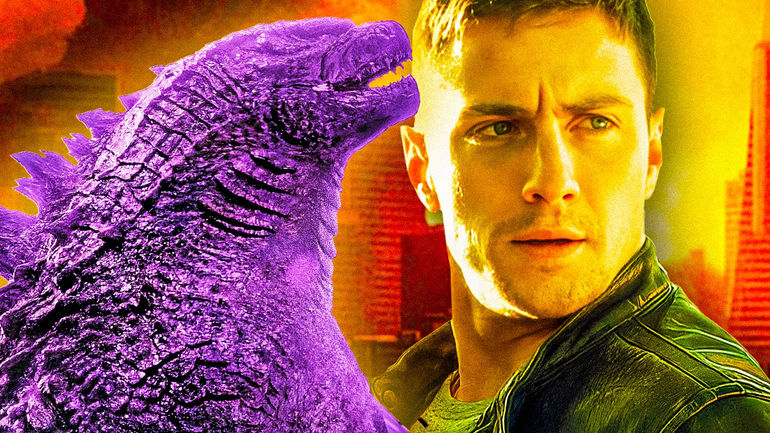
Decoding the Ending of Godzilla (2014) and Unraveling the MonsterVerse Connections

Explore how Godzilla (2014) laid the foundation for the expansive MonsterVerse universe with intricate setups and connections.
In 2014, Godzilla was reintroduced to global audiences, setting the stage for the Monsterverse that has been dominating the box office for a decade. The film focuses on the aftermath of Godzilla's return, causing massive destruction worldwide. Alongside Godzilla, two other monstrous creatures known as MUTOs also emerge.
Characters like soldier Ford Brody and scientist Dr. Ishirō Serizawa work to respond to the crisis, uncovering more about the conflict and their role in the natural order. As the monsters clash, humanity must confront their mistakes and determine how to move forward. The Monsterverse will return to theaters in 2024 with Godzilla x Kong: The New Empire, making it a good time to revisit the 2014 film and see how it laid the foundation for the resurgence of kaiju-driven sci-fi/action movies.
Where Does Godzilla Go At The Ending Of Godzilla (2014)
Godzilla coming out of the water in the 2014 movie - Where Does Godzilla Go At The Ending Of Godzilla (2014)
In 2014's Godzilla, the story builds up to a big showdown between Godzilla and the two MUTOs. After defeating the creatures, Godzilla heads back to the sea the next day, leaving humanity feeling both relieved for his help and scared of the possibility of his return. It is believed that Godzilla might have gone back to his natural habitat in the South Pacific, possibly near Bikini Atoll. There is also speculation that he could have moved to another secret location, like the ancient underwater city or the Hollow Earth explored in other films.
In different versions of the Godzilla story, his origins have been changed. Sometimes he is portrayed as Earth's protector, while in other versions he is seen as a dangerous threat. This ambiguity about his role in the new franchise leaves a big question mark. In the 2014 film, Godzilla's destructive actions are shown to be a response to the dangers posed by the MUTO, and by the end of the movie, humanity is cheering for Godzilla. However, there is still a sense of danger associated with him, as his battles have caused many civilian casualties. The potential threat that Godzilla poses remains a key theme, especially in movies like Godzilla: King of the Monsters and Godzilla vs. Kong.
What Happened To Ford Brody After Godzilla
Aaron Taylor-Johnson looking serious in Godzilla 2014 - What Happened To Ford Brody After Godzilla
In Godzilla, much of the human focus is on the Brody family. This includes Ford, his wife Elle (played by Elizabeth Olsen), their son Sam (played by Carson Bolde), and Ford's father Joe (played by Bryan Cranston). Joe, who used to work for Monarch alongside Serizawa, tragically dies from injuries caused by the MUTO. This leaves Ford to continue on without him. Ford later plays a crucial role in the film's climax by removing an active warhead from the MUTO nest in San Francisco, helping Godzilla defeat them.
Since Godzilla, the Brody family, including Ford, hasn't been prominently featured in the franchise. None of them have appeared in subsequent films or related tie-ins. It is likely that Brody is still alive in the Monsterverse, as his death would probably have been acknowledged. Despite their absence, the series has not forgotten the Brody family. In Godzilla: King of the Monsters, a battleship is briefly mentioned to have been named the USS Brody, indicating that the military honored their sacrifices by naming a ship after them.
Which Characters From Godzilla Became Fixtures Of The Monsterverse?
The-Monsterverse-Mocks-Godzilla-2014's-'Let-Them-Fight'-Line-&-Exposes-A-Monarch-Problem - Which Characters From Godzilla Became Fixtures Of The Monsterverse?
The main human characters in Godzilla were mostly from the Brody family, who have not appeared in the franchise since then. However, the film also introduced Serizawa, a scientist with Monarch who quickly became known as an expert on giant monsters, especially Godzilla. With the rise of massive creatures worldwide, Serizawa's role expanded in the sequel, Godzilla: King of the Monsters. In this film, Serizawa's unwavering respect for Godzilla made him the monster's greatest advocate among humans.
Despite Serizawa's efforts, his belief that Godzilla is a crucial part of the natural order was mostly ignored. As the other Titans emerged globally in Godzilla: King of the Monsters, Serizawa played a vital role. He argued that Godzilla was a more benevolent and noble choice to support against the threat posed by Ghidorah. In the end, Serizawa made the ultimate sacrifice by detonating a warhead next to Godzilla to revive the Titan after he was weakened by the Oxygen Bomb.
How Godzilla Set Up Monarch's Role In The Monsterverse
monarch-reveals-what-godzilla-wants-monsterverse - How Godzilla Set Up Monarch's Role In The Monsterverse
Godzilla introduced Monarch, an international organization dedicated to tracking Titans worldwide. Established in the 1950s after monster sightings, Monarch had been operating behind the scenes for decades by the time of Godzilla. The public revelation of Titans following Godzilla's battle with the MUTO exposed Monarch to public scrutiny, expanding its role in later films and shows within the franchise.
Monarch's existence before Godzilla raised questions about its activities during the 20th century. This paved the way for films like Kong: Skull Island and shows like Monarch: Legacy of Monsters to delve into the organization's history and global impact. Serving as the link between various creatures and settings in the film, Monarch has become increasingly significant to the franchise since its debut in Godzilla.
The Real Meaning Of Godzilla's Ending
Godzilla with his atomic breath in 2014 movie - The Real Meaning Of Godzilla's Ending
The conclusion of Godzilla was a thought-provoking look at the impact the concept can have on the world. At first, people were terrified of Godzilla and the potential danger it posed. But as they witnessed the Titan's heroic actions in battling the MUTOs, their perception shifted. Initially, humanity's attempts to combat Godzilla only made things worse, but when the US Army corrected their mistakes, balance was restored to nature.
The theme of environmental responsibility is evident in Godzilla's role as a natural force of destruction. Despite defeating the MUTO, Godzilla doesn't seek to harm humanity, but rather to coexist with them. This message is carried through in future films, portraying Godzilla as having some level of understanding and respect for humanity. The ending of Godzilla paves the way for the return of the Titans and solidifies Godzilla's position as the King of the Monsters who will fight to maintain order.
Godzilla is now streaming on Netflix and Max.
Editor's P/S:
The article comprehensively delves into the 2014 Godzilla film, providing insights into its plot, character arcs, and implications for the Monsterverse franchise. It effectively captures the key events, themes, and character development that laid the foundation for the subsequent films. The exploration of Godzilla's origins, motivations, and the complex relationship with humanity is particularly engaging, highlighting the film's allegorical depth and the enduring appeal of kaiju stories.
Overall, the article offers a well-structured analysis of the film, exploring its impact on the revival of the kaiju genre and the development of a captivating cinematic universe. It provides valuable context for viewers who may be interested in delving into the Monsterverse or revisiting the original 2014 film. The inclusion of images and streaming information further enhances the readability and accessibility of the article, making it a valuable resource for fans of the Godzilla franchise.
